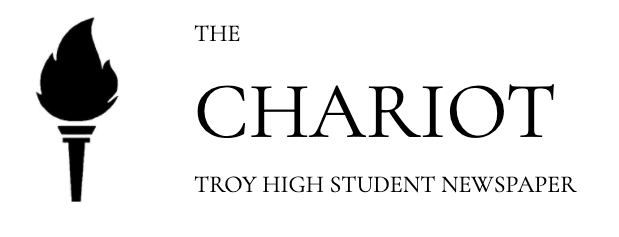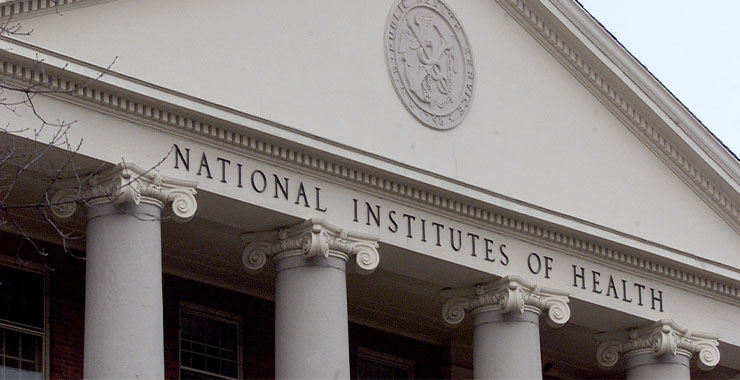In recent months, the administration of US President Donald Trump has recently targeted one of the United States’ primary agencies for biomedical and public health research, known as The National Institutes of Health or the NIH. The administration is driven to implement major reductions to indirect costs in NIH research funding, which would cause significant harm and setbacks to lifesaving medical research, especially in the hospital and university settings.
The NIH accounts for the majority of funding for biomedical research for a broad range of health related topics. They are even considered the largest source of medical research funding in the world, claiming to fund over 60,000 grants each year and support over 300,000 researchers nationwide. According to the NIH, their purpose is to “make important discoveries that improve health and save lives” through funding and research activities.
However, on Feb. 7, 2025, the NIH announced a new policy that would result in cuts to indirect funding for new and existing research grants. This policy would apply a 15% funding cap on all indirect costs that would include expenses such as, equipment, utilities, staff salaries, safety programs and other operational expenses. The main concern is that the majority of NIH grants exceed well over 15% in indirect costs, ranging between 30-50%. These costs are essential for supporting clinical trials and enabling them to be conducted aptly. They also guarantee that researchers have the necessary equipment to carry out certain funded studies safely.
Dr. Joseph Miller, an NIH funded investigator and the Director of Research for the Department of Emergency Medicine at Detroit Henry Ford Hospital, emphasizes the importance of funding indirect costs. “The biggest misconception is that some people in the public think that indirect funding that the federal government gives to institutions isn’t necessary.” He continues to say, “But the reality is that many important studies and research teams can’t operate realistically without that kind of funding because it really provides a lot of the backbone that lets top notch science happen.”
Now the real question is, how will these cuts to indirect funding affect biomedical research in research institutions? The simple answer is that it would halt many studies and grants that are needed to make ground breaking healthcare discoveries and protocols.
With research in current hospital settings, many studies and grants have been either delayed due to lack of funding or entirely rejected by the NIH. Alongside this, Miller claims that many studies within his research group at Henry Ford Hospital cannot continue because of the lack of funding; this is due to “some grants that have been withdrawn within the state of Michigan that have been targeted by the NIH administration to stop funding.” As of now, the NIH has terminated over 800 research grants so far this year and stopped the release of 1.7 billion dollars in funding.
However, because of the concern of certain grants not getting funding, many researchers are now being more cautious in the types of grants being submitted to the NIH. “Some people are adjusting the type of funding or the type of grants that they’re submitting for funding. For example, rather than submitting grants that might be held to higher scrutiny because of certain concerns. As the current administration, they’re going for more conservative grant ideas,” says Miller.
Even with the halt of many studies, various new grants are facing delays in approval by the NIH. Mohammed Abdul Baseer, Manager of Research Data Operations at Henry Ford Hospital, states that “new grants are not even being approved or getting reviewed.” He goes on to say that the cut down and mass layoffs of many NIH employees may be the reason for the delay in grant approvals.
Along with the delays and funding cuts, the Trump Administration has begun to layoff thousands of employees within the NIH and other federal health agencies. Approximately over 1,200 NIH employees have been cut from its workforce of 20,000, including four of its institute directors and top officials, sparking fear amongst researchers on the potential loss of current and future jobs. Miller comments that, “within the scientific community there has been a lot of fear about what is going to happen financially and, related to that, a lot of jobs or potential jobs have already seen cuts due to that fear of lost funding.”
Despite the cuts in NIH funding, many research grants within hospital systems are also funded by other parties or nonfederal sources. “We have other sources, other non-NIH funding. So that way, we will be able to sustain for some time, but for how long we will not know,” says Baseer.
In contrast, universities are taking the biggest hits when it comes to the new indirect rates. Most universities prior to significant budget cuts, had indirect rates between 30-60%, but now are restricted to 15%. The main concerns universities are facing now is that the cuts could heavily delay medical breakthroughs and reduce opportunities for students. The announcement of the new policy has triggered a wave of lawsuits from universities nationwide, arguing that the budget cuts would be harmful and unlawful.
Nonetheless, a federal judge temporarily blocked the NIH from enforcing the 15% cap, because of the excessive amount of lawsuits universities and research institutions are filing.
Despite the repeated, targeted attempts against the scientific community made by the current administration, the medical community is relentless in its pursuit for breakthrough research. Proving once again that no obstacle can withstand the unabating force made by those committed to bettering global health.


